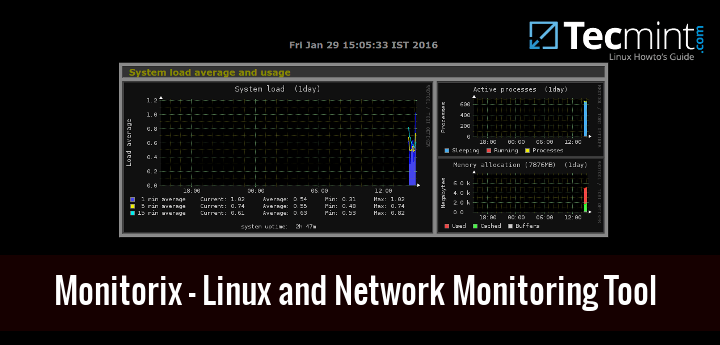

Cockpit recognizes this authentication method.

Many organizations require the use of key-based authentication with Secure Socket Shell (SSH). Here are three key configurations to consider when deploying Cockpit. Admins can configure Cockpit for them, which still enforces their security restrictions, such as sudo, but gives them an easier interface to use. Developersĭevelopers who want an easier way to connect to a dev server to manage containers and VMs used in testing can use Cockpit. Admins responsible for many Linux servers, even if they're a mix of various distributions, can construct a Cockpit console quickly and easily. They can check service status and logs and even gather performance information from one window. Admins connecting to several serversĪdmins can use Cockpit to connect to several servers from a single console. However, a webpage with a high-level overview can simplify operations. Admins can accomplish all this at the CLI or write a script to gather all the information. Some admins may be comfortable with Linux commands, but they may need to look at several server settings simultaneously or need a glance at performance information and basic settings. The Overview console displays general health and status information for the selected system. Show system users registered to the server. View and manage log files on remote systems. Cockpit's main interfaces and monitoring tools include the following: Cockpit features and dashboard itemsĬockpit has a variety of dashboards and other features to monitor servers.

It also supports the expected encryption levels. With its standard security features, getting Cockpit approved for use in your organization shouldn't be difficult. For example, it's independent of Ansible, which means admins still manage settings across the board with standard configuration utilities. Cockpit also doesn't interfere with other administration and configuration tools. In terms of efficiency, Cockpit is easy to implement across an organization, especially those with less familiarity with the CLI. The interface enables admins to manage users and groups, configure firewall settings and display hardware information. Benefits of managing servers with CockpitĬockpit provides a simple, intuitive graphical connection to remote Linux servers. In those situations, consider the use of Cockpit. The GUI can be faster or more comfortable for admins who need to quickly look at several pieces of information.


 0 kommentar(er)
0 kommentar(er)
